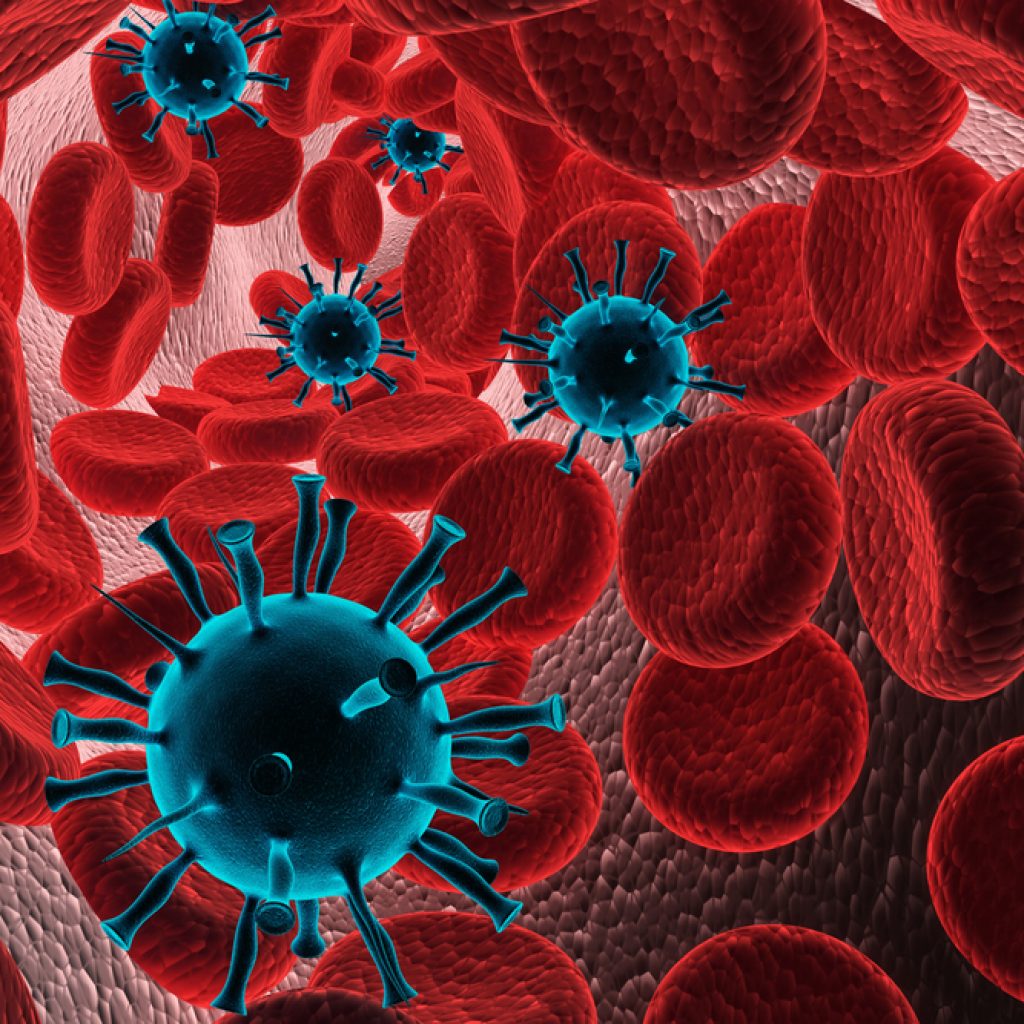

How COVID-19 is Shaping China’s Medical and Healthcare Sectors
All global leaders are working ’round the clock in full force to curb COVID-19 cases. The pandemic has infected more than 2.4 million people, and the death toll has reached more than 160,000. The IMF said the coronavirus recession would be worse than 2008.
China has experienced such tremendous economic loss, affecting several industries. Wuhan is now considered a low-risk status. But the Chaoyang district in Beijing is currently rated as a high-risk place for COVID-19 infections.
At a slow pace, China is getting back to work as stores and factories reopen. Residents are venturing outdoors, and students are returning to school.
Several countries are also racing to find the perfect cure to end this crisis. China is accelerating its efforts to upgrade the healthcare system and public safety. Demands on medical devices, products, and healthcare-related services are expected to increase, too.
Let’s see how COVID-19 is shaping China’s medical and healthcare sectors.
#1 Accelerated growth of online medical platforms
One of the “new normals” is that people are turning to online health consultation services. They can confirm symptoms and ask questions to healthcare professionals.
Hospitals are hot spots in getting an infection. To encourage people to stay at home, internet giants provided solutions. JD.com, Baidu, Chunyu Doctor, and Alibaba Health provided free-of-charge telemedicine consultation last March.
Fifty thousand doctors offered free consultations via WeDoctor, a private medical care platform that residents can use and access via mobile devices.
#2 Huge demand for innovative medical technology and devices
As COVID-19 cases increase, healthcare professionals are exploring all possible cure and treatments. Innovative medical technology and devices are creating enormous demands from across the world. Import and export activities are another new norms in this industry.
This crisis offers opportunities for medical companies overseas where they need localization services. The medical devices of an Israeli startup Hospitech called AnapnoGuard were already being used in China even before the outbreak.
The medical devices help to intubated patients of COVID-19 from other complications. These complications appear when the patient has prolonged exposure to a ventilator.
For efficient use of the medical device, the company needs to localize and translate the texts. LIMPID helped the company and offered medical translation services for better usage.
#3 Online consultations, training courses become the new normals in collaboration
Online consultations could be between the patient and the doctor. But there’s also another trend pushing healthcare professionals to work from a distance. Doctors, nurses, and other professionals exchange ideas, research, and findings online.
Peer-to-peer consultation happens both in the Mainland and overseas to curb this pandemic. Language could be a barrier to non-native speakers working with Chinese-speaking doctors.
There are telephone interpretation services where medical interpreters can help in the process. It can be in real-time via video call or phone call to make the collaboration productive.
Online training related to fighting COVID-19 helps residents to be vigilant and informed. E-learning courses related to healthcare and medical technology are being consumed these days.
It’s also essential to invest in video translations to cater to non-English speakers.

#4 Artificial Intelligence (AI) as a game-changer
The COVID-19 outbreak in China showed the gaps in the healthcare system – the lack of healthcare workers. Optimists view that technology can help in bridging the gap.
Artificial Intelligence and robotics could come to the rescue to increase the workforce. For example, China has used AI and drones as disinfectant tools, grocery deliverers, to name a few.
To take things to the next level, China has tested two robots that can disinfect themselves and assisted medical workers. A personal robot like Temi is also useful in helping workers and patients. It allows them to communicate via videos remotely.
And it’s expected that soon, AI and robots will be the new norms. They will shape not just the healthcare sector, but also the lives of people all over the world.

Take advantage of our professional Chinese translation for the medical industry
Whether you’re based in Spain, Germany, or Australia, you can take advantage of the opportunities in your area. Upgrade your services or collaborate with Chinese healthcare professionals.
If you’re into import and export, a wholesaler of medical supplies, you may want to invest in website localization and translations to showcase your products to those companies and consumers in China.
How can the LIMPID team help you?
During the COVID-19 outbreak in China, we translated materials from English to Chinese and Chinese to English for medical companies, medical start-ups, high-tech companies that are active in the Chinese market. We also worked and translated materials of companies that helped the Chinese fight the outbreak.
It’s not advisable to compromise on the quality of Chinese translation in any field. It is highly important to keep high standards of translation especially when it comes to the medical field since it concerns human life, legal implications, technical complexity, and user safety.
Chinese translation of medical content must be done by professionals who are proficient in it, and in the specific fields in which the content deals.
We translate the texts spearheaded by an expert team of Chinese-speaking Chinese-speaking translators who have at least five years of experience translating content in specific medical fields.
Medical translation services in the time of COVID-19
- Translation to Chinese of the company profile, medical solutions it offers, and assistance in communication with clients in China
- Translation of presentations into Chinese, company profile, translation of catalogs and marketing materials, and translation of websites into Chinese.
- We offer interpretation and simultaneous translation for conference calls and email translation for Chinese.
- We also offer translation of Chinese media and video content, dubbing, and captioning
For companies that sell medical devices and technology, we offer:
- Professional translation to Chinese of the company’s technology
- We offer professional translation of medical documents and medical data
- Chinese translation of brochures and books in the medical field which includes graphic editing in Chinese,
- Localization of Chinese software
- Translation of user guides and more.
Related services for companies entering or operating in the Chinese market:
- Designing and building websites dedicated to the Chinese market
- SEO in China and social network marketing including Wechat marketing,
- Establishing an official video channel on Youku.com (the corresponding platform of YouTube in China)
If you’re ready to take your business to the next level in China, let’s get started now. Contact us for any questions or inquires.
 +1-877-574-2407 (US and Canada Toll Free)
+1-877-574-2407 (US and Canada Toll Free)  service@limpid-translations.com
service@limpid-translations.com



